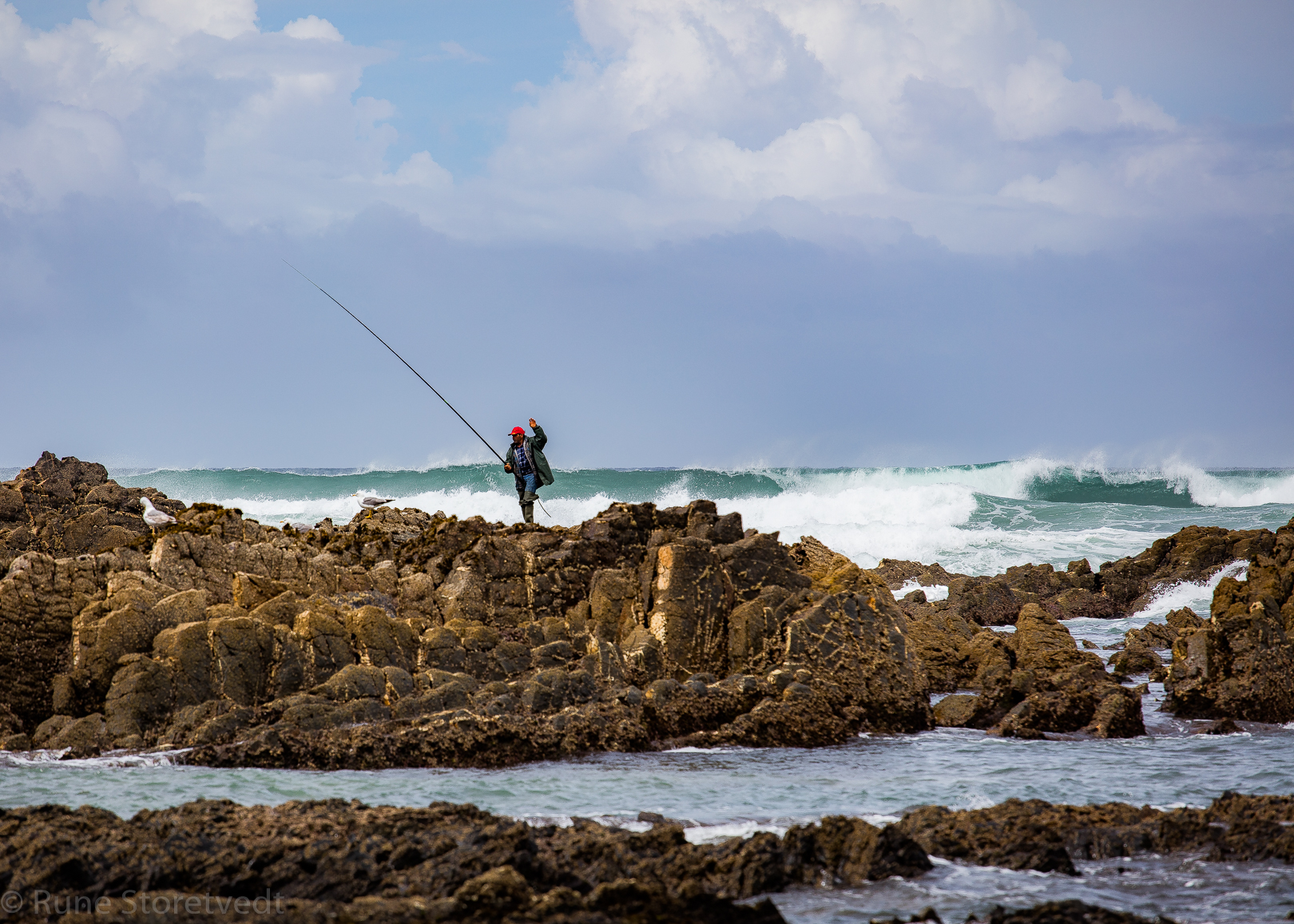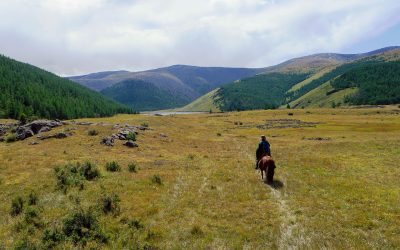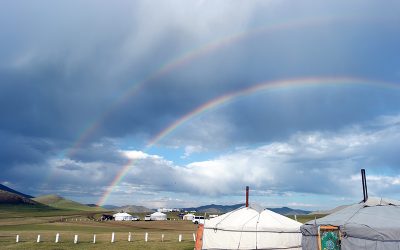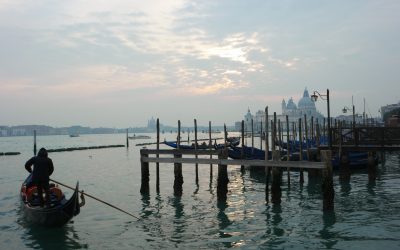During my years as a student at Bergen University (1957-1962) my view of science was a very simplistic one – basically stripped of all non-professional interference. I believed scientific theories were products of meticulous observation and careful experiment – building up objectively proven knowledge, step by step. Intellectually, science was an open enterprise without “sacred cows”. The fact that science is also a human activity with all its “binding factors” – including the complex web of social, cultural and psychological circumstances – holding us prisoners of contemporary ingrained ideas, was not in my mind. With the benefit of hindsight I gradually came to realize that I had grown up with the erroneous notion that the scientific establishment at large welcomes progress, which in fact is the opposite of what is generally true. In that respect, I found I had to go through a long learning process.
My career plan was to become a high school teacher in science and mathematics. However, in spring of 1961, by invitation of Professor Guro Gjellestad in the Geophysics Institute, the renowned Professor of Physics at Newcastle University, the late Stanley Keith (Keith) Runcorn, came to Bergen to give guest lectures on the new research field of palaeomagnetism and its revitalization of Alfred Wegener’s controversial hypothesis of continental drift (from 1912 and later). Keith’s brilliant lectures changed my future plans. Things happened quickly; a few days later I was on my way to a scientific meeting in Newcastle. By chance, I was at the very threshold of an academic career in geophysics.
Following my M.Sc. degree in early 1962, there followed a one year stay at Newcastle University’s Physics Department during which time I was introduced to the field of palaeomagnetism and related aspects of continental drift. With my insufficient background in global geophysics at that time, I was an easy convert. Back in Bergen I was ushered into teaching the new revolutionary ideas, and, at the Institute of Geophysics, a laboratory for palaeomagnetism was established – the first of its kind in Scandinavia. My academic life was challenging but full of excitement. But problems were lurking in the background. A couple of seminars given at the Newcastle department in late 1962 suggested that palaeomagnetic research had some unresolved fundamental problems: the palaeomagnetic record was apparently more complex and experimentally demanding than had been taken for granted. These uncertainties triggered my curiosity, and the unsettled experimental and analytical questions became my principal research interests for many years to come.
Progress in Slow Stages
My continuous exposure to the problems facing palaeomagnetic research, demonstrating that the evidence for remagnetization – giving rise to the inevitable presence of multi-component magnetizations – required new laboratory approaches, was not received with applause. However, a symposium on Reliability of Palaeomagnetic Results: Criteria, Methods and Error Estimation, which I had the honour to convene – at the General Assembly of the European Geophysical Society, Amsterdam in September 1976 – ended the long and fierce debate. All of a sudden, in a soundless and nearly invisible transition, the crisis-ridden field changed habit; acceptance of remagnetization, one of nature’s fundamental processes, revolutionized palaeomagnetic research. In my scientific autobiography – Når Grunnlaget Svikter (2005) – I have described the strong non-rational components of this professional transformation.
For many years, my teaching and research activity was basically confined to the field of palaeomag-netism. The notions of continental drift and polar wander had become indigenous to this new geophysical specialty, but other aspects of global tectonics and dynamics were subsidiary topics taught only at an elementary level. In the late 1960s Wegener’s view of the Earth was about to become entrenched as a dogma in the geo sciences. But new marine geological and geophysical observations led to criticism of the by now adopted driving mechanism – sea floor spreading, a situation that caused ‘high blood pressure’ in certain circles. It was these challenging new data that set me off speculating about the origin of marine magnetic anomalies – the striped geomagnetic patterns that had been embraced as a dating tool of the oceanic crust. Hence, I chose marine magnetism as a topic for one of my doctoral test lectures in 1969. Searching through the mass of available literature became a disturbing experience. I discovered that many marine observations had been forced to fit the spreading model – by the invocation of a repertoire of theoretical ad hoc modifications and special pleading. But this was anything but a respectable scientific practice! At the end of my doctoral lecture (November 1969), I had concluded that there seemed to be something fundamentally wrong with plate tectonics. I had begun to struggle with big questions.
While working on the Great Glen Fault in northern Scotland, fall 1972, I became aware of the geophysical consequences of wrench deformation; the observed discrepancies between the North Atlantic polar wander paths could have arisen from modest relative in situ rotations of Europe and North America. In other words, lateral motions were not required to account for the global pattern of palaeomagnetic directions: these data did not prove Wegener’s drift scheme – as was commonly alleged. The classical fitting problems of the drift model disappeared. This was breath-taking cognition, but I was still too young to have the courage to bring the message out publicly. Only my students were exposed to the alarming possibilities – that the new global tectonics might rest on insecure foundations. At this early stage, I had realized that even the most prominent marine geophysicists often were unable, or unwilling, to discuss observational paradoxes. This whetted my appetite for global tectonics, and I began critical studies of the Initial Reports of the Deep Sea Drilling Program.
These studies continued well into the 1980s, during which time it became more and more evident that plate tectonics had led the Earth sciences into disarray. The observational facts were communicated to my students who responded with enthusiasm and a critical attitude to ingrained plate tectonic contentions. But the student’s questioning led to unrest in the Bergen geo sciences community. As a consequence of the fact that I informed the students about the bare observational facts – contradicting the cozy glossy picture in global geology which other teachers taught, – I was accused of being both disloyal and without a will to adopt a co-operative attitude. But these accusations were nothing more than tactics to affect a face-saving rescue. To me the only thing that mattered was academic honesty – that students should be introduced to the factual ‘state of the art’ in global tectonics. But my colleagues were not prepared for an open professional debate. Instead, most of the opposition went underground, and my academic life became increasingly unpleasant.
Luckily I had the opportunity to leave Bergen for the academic year 1988-89, for a sabbatical leave at the University of Newcastle-upon-Tyne. I have always been most creative and productive when working on my own, and it was during the sheltered conditions in the Newcastle physics department that my Global Wrench Tectonics ‘came out’ – in the spring of 1989. Suddenly, over a period of 3 months, the old bundles of data had been placed in a new system of relations with one another. I had devised a reasonable and reasoned alternative to replace the entrenched plate tectonic dogma. What a terrifying (and terrific!) feeling it evoked!
The Aftermath
Anxiety naturally followed the perturbance of the self-to-world relationship that took place in my mind in the spring of 1989. Would the mass of die-hard plate tectonic aficionados destroy my future academic life? To maintain popular opinions is cheap, costing nothing in reputation, whereas to see things pointing in a different direction is to risk scientific tar and feathers. Albert Einstein once said that the best job for a scientist would be that of a lighthouse keeper, because the essence in research is to secure sufficient continuity in one’s work to allow the building up of large thought patterns. Interruptions easily destroy such patterns, and repeated interruptions destroy even the will to reform them. The Newcastle interlude had served as my own lighthouse.
After I had to give up teaching global tectonics – in late fall 1989, I soon made the decision to stand on my own feet. As things had developed, it was virtually impossible to combine revolutionary big-scale thinking with traditional academic progress/activities. Luckily, in early 1992, I was able to cut myself free at last – away from uniformity pressures and an excessive non-productive bureaucracy. The history of science is full of human ‘oddities’: group pressures/pressure groups, wishful thinking and passions that seem to blind people to reason or unconscious motives, distorting the thinking processes of even the most honest individuals. It is axiomatic therefore that, if science is to make real progress, the chauvinism that resists alternatives to the scientific status quo have to be overcome. But the cost of such intellectual freedom is generally high, and is certainly not for everybody. Furthermore, when I began the final chapter of my academic life, I had the inevitable sadness one feels when an important period of one’s life has passed into memory.
In spite of my delight in having been able to establish a new theory to replace plate tectonics, with the corollary of discarding the theoretical platform with which I had grown up as a scientist, I was initially left with a feeling of rootlessness and disorientation. This sense of ‘homelessness’ was, however, of fairly short duration. Only a few months later, I was busy in Europe and North America lecturing on my new geological world view. However, I soon realized that there were extremely few scientists with whom I could discuss global tectonic theories. Curiosity prevailed, but big-issue thinking has never been the prerogative of the mass of scientists who mostly indulge in smaller-scale technical problems. Disregarding the social, practical and economic consequences that my theoretical work provoked, the final chapter of my professional life has been the most fascinating and intellectually rewarding period of my whole career – having given me an in-depth view of ‘science in action’; I wouldn’t trade it for all the tea in China.
The more I have experienced the world, the more I have come to think I was lucky to have been allowed to develop in my own way, following my own standards and objectives instead of having them decided for me by the rumble of the crowd. Science eventually has its way over the prejudices of men, and I optimistically believe it will be so again.




